Gaza, Oct 8 (V7N) – Two years after the outbreak of the Israel-Hamas conflict in Gaza on October 7, 2023, the region has witnessed profound upheaval, reshaping the Middle East’s geopolitical landscape. Following relentless violence and widespread destruction, Israel and Hamas have now entered peace negotiations in Cairo, signaling a potential turning point for the war-torn enclave.
If the discussions culminate in an agreement, Gaza is expected to undergo a historic transformation. According to U.S. President Donald Trump’s 20-point Gaza plan, a new administrative structure would be established, incorporating international and Arab forces under a Trump-controlled “Peace Board.” This initiative aims to bring multilateral oversight to the region, altering the governance and security framework of Gaza.
The conflict began with a Hamas attack on October 7, 2023, which inflicted a deep psychological and physical blow on Israel, evoking memories of the Holocaust. Over the past two years, Israeli military actions have sought to establish unilateral dominance, conducting operations not only within Gaza but also across broader areas of the region. Thousands of people have lost their lives, and the conflict has caused widespread destruction, planting the seeds of division throughout the Middle East.
In Lebanon, Israeli strikes in Beirut and southern regions have killed over 3,100 individuals, including senior Hezbollah leaders such as Hassan Nasrallah. In October 2024, Israel launched a military campaign in southern Lebanon, pushing Hezbollah fighters north of the Litani River. Despite a ceasefire, Israel continues airstrikes in parts of Lebanon. Following confrontations with Hamas and Hezbollah, Israeli attention has increasingly focused on Iran, considered a long-term strategic threat.
For more than a decade, Iran and Israel have been engaged in a shadow war, resulting in hundreds of casualties. The conflict escalated into open hostilities on June 13, 2025, severely impacting Iran’s political framework while allowing Israel to maintain unprecedented pressure on Prime Minister Benjamin Netanyahu. U.S. airstrikes on Iranian nuclear facilities, ordered by Trump, further destabilized the region, prompting retaliatory Iranian attacks on U.S. military installations in Qatar, escalating regional tensions.
Israel has also conducted frequent strikes against Iran-backed Houthi rebels in Yemen, who, in turn, have targeted Israeli and allied shipping in the Red Sea. Following the fall of the Assad government in Syria, Israeli forces have seized extensive territories in southern Syria, controlling buffer zones around the Golan Heights in violation of the 1974 agreement. Iran-aligned Shiite militias have retreated under U.S. political pressure, while Israeli military threats persist in Iraq.
Most recently, Israel targeted senior Hamas leaders in Doha, Qatar, sparking a regional coalition of Gulf states. This pressure compelled Trump to finalize a defense agreement with Qatar, eventually leading to the announcement of his 20-point Gaza plan on October 3, 2025, opening the path for negotiations and a potential restoration of peace in the embattled region.
The two-year conflict has left Gaza physically devastated and politically complex, but the ongoing Cairo talks offer the first glimmer of hope for stability, multilateral oversight, and reconstruction in the region.
END/WD/AJ/



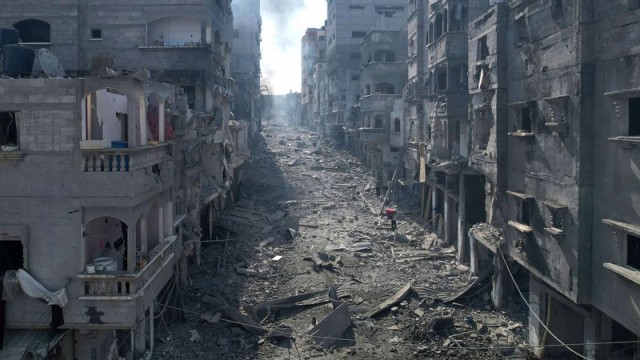
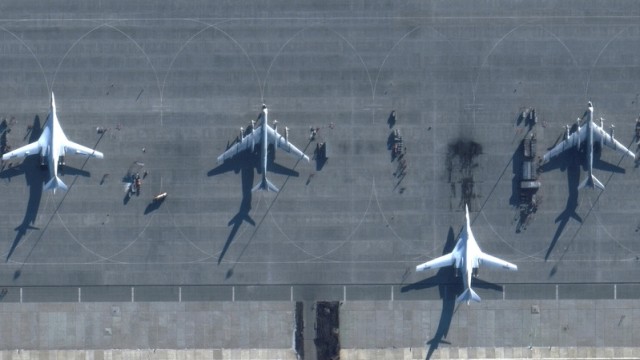

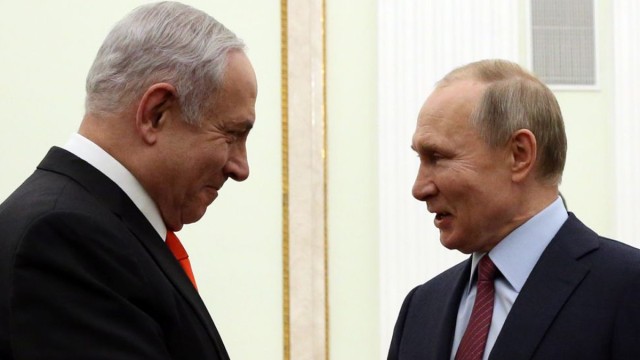

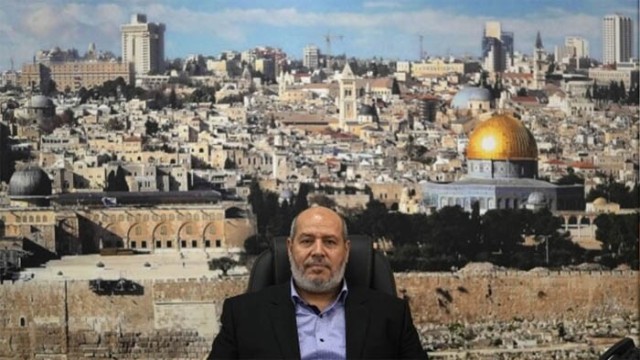
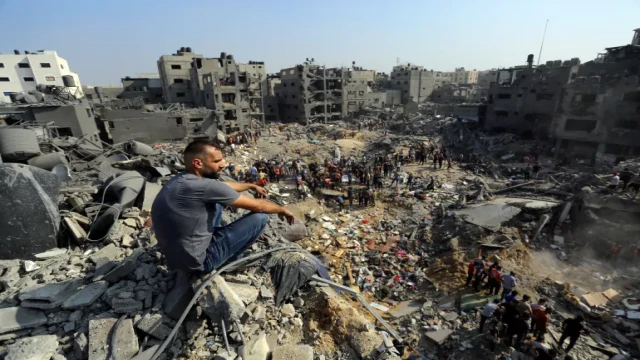



















Comment: